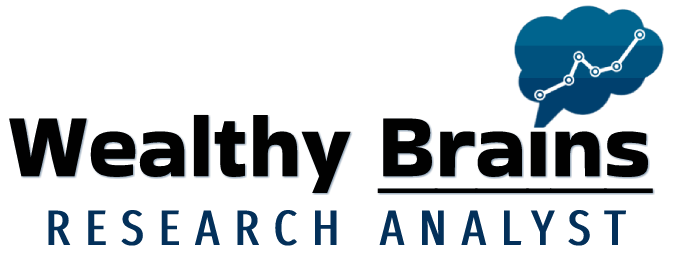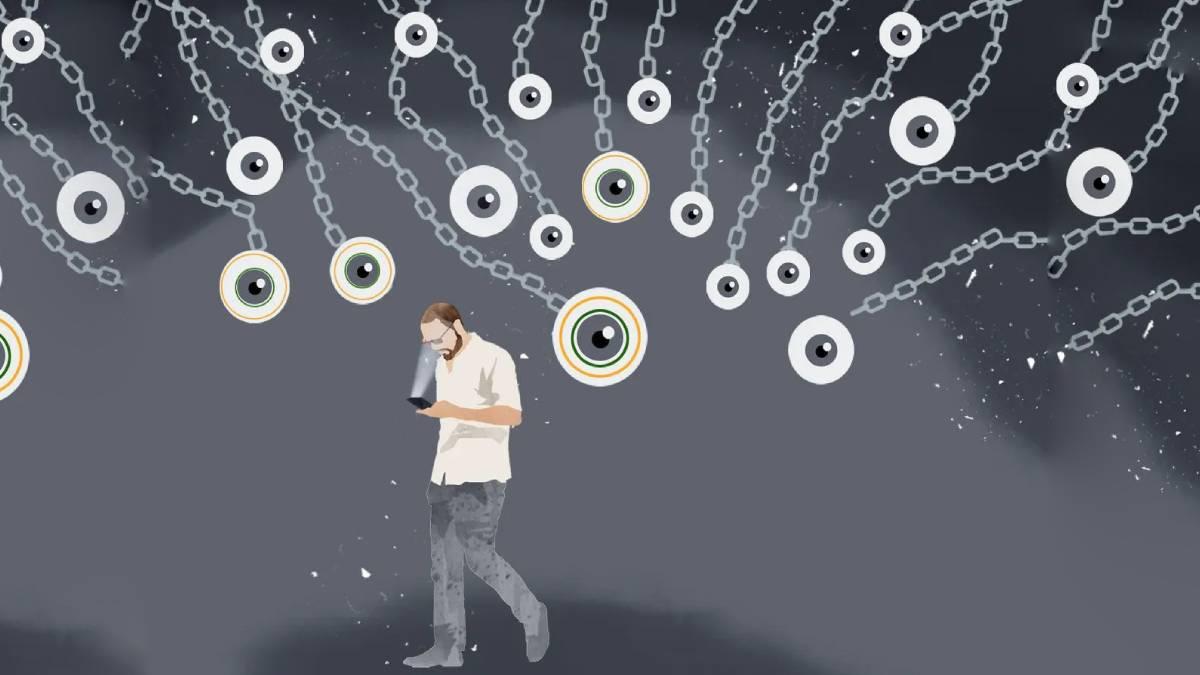Risk assessment platforms are increasingly using diverse data sources to help lenders identify groups attempting to access credit from regulated entities and to improve the process of evaluating new-to-credit (NTC) users.

Illustration: Dominic Xavier/Rediff
Companies are training models on various forms of alternative data — such as location details, third-party app usage, SMS data, payment transaction behaviour, and metadata — to enhance underwriting for NTC customers.
Fraud syndicate detection often stems from analysing alternative data patterns, such as multiple government IDs linked to a single mobile number, particularly in high-risk regions with a history of fraudulent activity.
“What we look for are aggregated insights. For example, whether a user is linked to five phone numbers, three of which are connected to four other permanent account number (PAN) cards.
“The idea is to derive insights from such patterns without revealing any personal data,” said Venkat Srinivasan, chief analytics and risk officer, Bureau.
The goal, he added, is to understand how different types of alternative data relate to one another and the insights that emerge from these connections.
For instance, if several companies are registered at the same 200-square-foot office, it could strongly indicate fraudulent activity, experts said.
Ashok Hariharan, chief executive officer of IDfy, noted that such analysis helps lenders determine whether a mule or fraudster is linked to a broader network or syndicate operating in high-risk zones.
A report published in April 2025 by the Fintech Association for Consumer Empowerment (FACE) found that 83 per cent of lenders in India now use both traditional and alternative data to underwrite credit.
The report also observed that for small-ticket loans under Rs 50,000, income verification carries more weight than traditional credit bureau scores.
Such verification is typically based on bank statement data obtained with the borrower’s consent.
Companies said user signals — such as location, virtual private network usage to mask digital trails, altered camera settings to bypass know-your-customer, and multiple loan apps on a single device — can further strengthen fraud detection.
“For example, a person’s record of cheque bounces or registered first information reports can be relevant from a credit perspective.
“You won’t find that in a credit bureau, but these are highly predictive indicators when entering a credit transaction,” said Hariharan.
He added that only publicly available data or information obtained through valid user consent — such as from the Ministry of Corporate Affairs portal, court records, and criminal databases — can be used for analysis.
The main motivation for lenders to tap into alternative data, he said, is the absence of comprehensive credit bureau information and the need for predictive insights into a borrower’s repayment capacity.
“We have around 1 billion identities — such as telephone numbers, PAN cards, and driving licences — and around 600 million personas,” Srinivasan said.
Companies continue to invest heavily in developing proprietary algorithms to handle the scale of data they process.
“The search itself is complex and requires extensive proprietary algorithm development.
“We’ve invested a lot of time and effort into that,” Hariharan said.
The FACE report further noted that lowering fraud risk and non-performing asset rates, along with improving loan approval rates, are among the key strategic outcomes expected from using alternative data.



